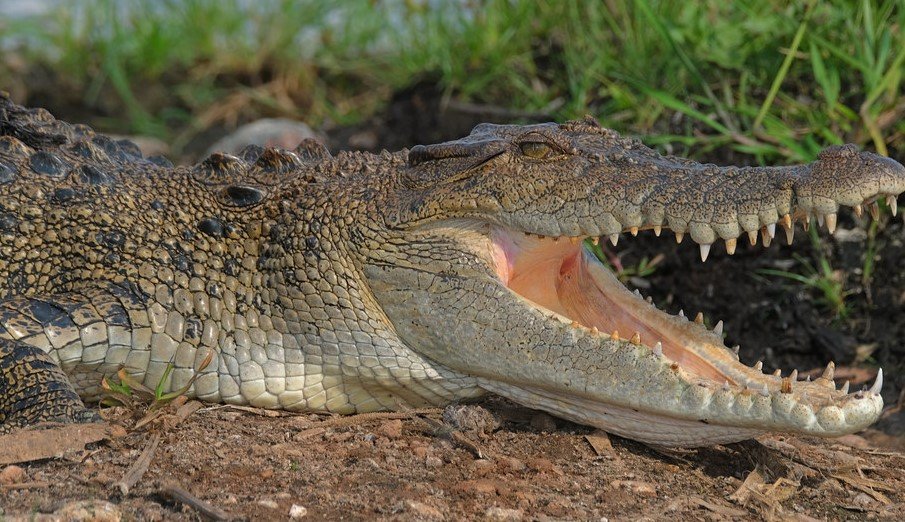A new study has revealed that climate change is reshaping the behavior of estuarine crocodiles (Crocodylus porosus) in Australia. As global temperatures rise, these cold-blooded reptiles are struggling to adapt, raising concerns about their long-term survival.
Rising Temperatures Are Disrupting Crocodile Activity
Crocodiles rely on their surroundings to regulate body temperature. Unlike mammals and birds, they cannot generate their own heat. This makes them highly susceptible to temperature fluctuations, which are becoming more extreme due to climate change.
Researchers have observed shifts in their daily habits. Crocodiles are spending longer hours in shaded areas, moving less frequently, and altering their hunting patterns. This could have cascading effects on their ecosystems, as they play a critical role in maintaining the balance of aquatic life.
“We are seeing significant behavioral changes, including reduced basking time and altered feeding patterns,” said Dr. Emily Carter, a biologist specializing in reptile ecology. “This could lead to nutritional deficiencies and impact their reproductive success.”

Impacts on Reproduction and Growth
Temperature plays a crucial role in crocodile reproduction. The sex of hatchlings is determined by incubation heat, with higher temperatures favoring male offspring. However, climate change is causing an imbalance.
- More male hatchlings could lead to a decline in population over time due to fewer breeding pairs.
- Extreme heat can also reduce the viability of eggs, leading to lower hatching success rates.
- Juvenile crocodiles may struggle to grow at healthy rates due to disrupted feeding habits.
Dr. Carter warns that “prolonged exposure to high temperatures may also cause stress and weaken immune systems, making crocodiles more vulnerable to diseases.”
Changes in Migration and Territorial Behavior
Another significant finding of the study is a shift in migration and territorial behavior. Rising temperatures and changing water levels are forcing crocodiles to seek new habitats.
Some estuarine crocodiles are moving into freshwater environments, while others are venturing farther from their traditional territories. This could increase human-wildlife conflicts, especially in areas where crocodiles were previously uncommon.
A local fisherman in northern Queensland, Tom Briggs, noted, “We’ve been seeing more crocs in places they never used to be. Some are getting aggressive, probably because their food sources are changing.”
Potential Long-Term Consequences
The consequences of these behavioral shifts extend beyond crocodiles. Their role as apex predators helps control fish populations and maintain ecosystem health. Any disruption could have ripple effects throughout the food chain.
A recent analysis of crocodile habitats and climate trends suggests that by 2050, significant portions of their current range could become unsuitable due to rising temperatures and sea level changes.
| Factor | Effect on Crocodiles |
|---|---|
| Higher temperatures | Altered feeding, increased stress, reproductive imbalances |
| Changing water levels | Forced migration, increased human interactions |
| Food source shifts | Nutritional deficiencies, potential for increased aggression |
Researchers stress the need for conservation efforts, including habitat protection and monitoring of crocodile populations. Without intervention, these changes could accelerate, leading to significant declines in crocodile numbers.
